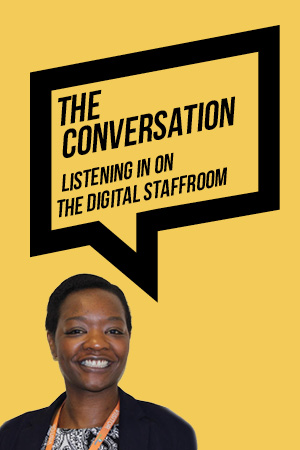Publisher
Bloomsbury
ISBN 10
I’m always wary of texts with the word “manifesto” in their title, and in this case that wariness was warranted. What the author describes as, “… a heads-up, big-picture piece, one that [he] urge[s] you to use to debate, discuss and develop new visions and values…” is actually little more than a rehashing of age-old thinking in education, most of which I remember hearing about as a student in the early 2000s.
The book did not begin well: a foreword by Ross Morrison McGill, known as “the most followed teacher on Twitter”, is quickly followed by several chapters urging caution on teachers using social media lest they listen to and enact advice from the “wrong” sort of educationist. At the same time it ignores that this technology has given teachers more of a voice than they’ve ever had, not to mention a global staffroom and network of colleagues who provide support and help to drive change.
If you can get past the persistent name-dropping, a veritable global who’s who of entrepreneurs, sporting heroes and even a former US president, you’re not left with a great deal of actual meat on the manifesto’s bones. Chapter by chapter we are urged to get along with each other, create learning environments that encourage learners to take risks, and to teach soft skills to prepare our students for an ever-changing world. I would find it difficult to either find a teacher who doesn’t at least partially agree with these ideas, or who hasn’t heard it all before.
This is less of a manifesto and more wisps of smoke from the barbecue
Each chapter seemed to be a repeat of something already laboriously described earlier in the book, with little new information. For example, chapter 1 provides not one, but two lists of key findings from research done by Google, which are seemingly obvious traits of effective managers. Chapter 3 then goes on to list similar characteristics of great teachers, before chapter 5 rehashes the idea for a third time. There are really only so many ways to provide variations on planning, supporting learners, being goal-orientated and listening to students, and this “manifesto” repeats them as many times as possible.
Having forced myself through the foreword, introduction and chapter 1, I was met with this in chapter 2: “As qualified and committed educators, I believe that it is our responsibility to directly and indirectly support the learning of all children, everywhere.” Well, quite. If this is supposed to be a manifesto directed at “all those involved in education”, that seems a little too much like teaching your grandmother to suck eggs, and hardly part of a manifesto for change.
If you are able to persevere to the end, you’ll be left scratching your head over what this manifesto supposedly is. The author’s introduction suggests that it will be built around helping the next generation to be healthy, skilled, aware, hopeful and of value, but a hundred pages later I still wasn’t clear on exactly how he perceives teachers or those involved in education to achieve this (or indeed if we have not already got a system that fosters this).
It reads more as an overly long and self-indulgent blog than any kind of declaration of aims and actions.
For me, this book is less of a manifesto and more wisps of smoke from the barbecue that a neighbour three doors down is having: you can smell it, you know it’s there somewhere, but it’s elusive, unobtainable and disappears before you’ve identified any of the specific details that you thought might have otherwise been obvious. It’s no more concrete nor believable than a political manifesto at election time.













Your thoughts